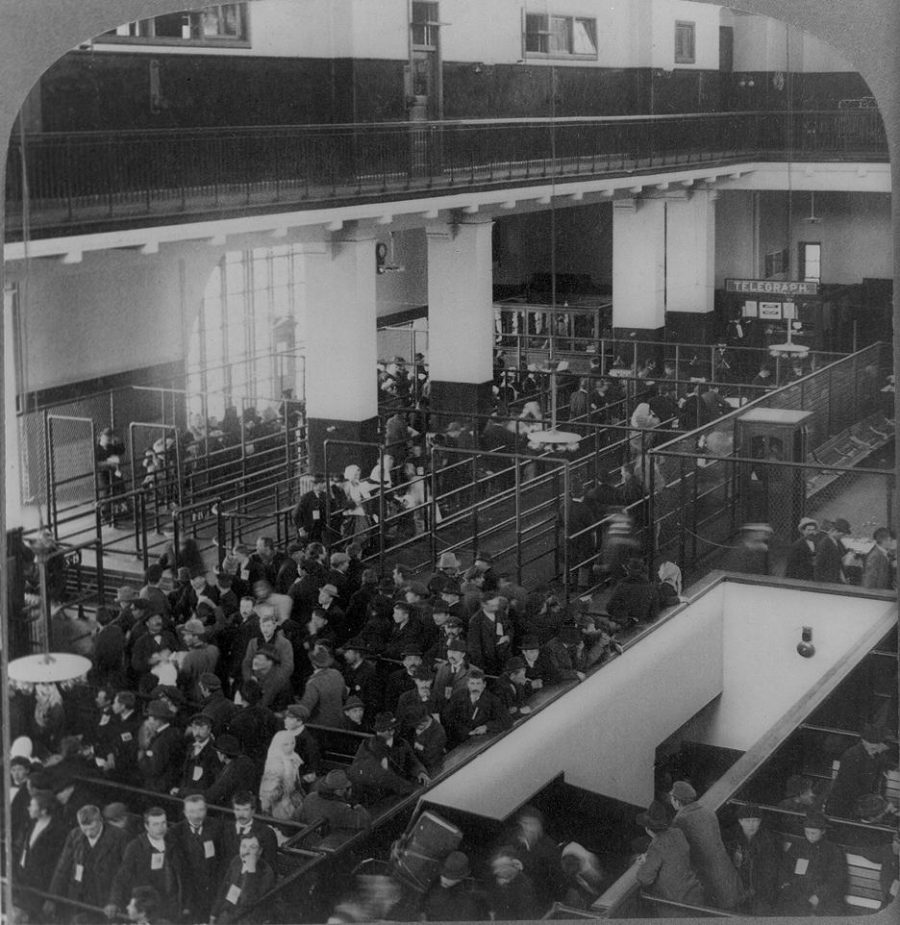Originally established by European settlers, New York eventually became heavily occupied by the British. During the Revolutionary war, “Sons of Liberty” destroyed the British power and after numerous battles in our Country, America gained a city that we all love and cherish – New York City. This city has survived tremendous heartache and attacks from the Great Depression, WWII, and 9/11. Together, this city has formed a strong bond, but also has grown in major ways throughout centuries. Flashing back to history, here’s a comparison of some of New York’s most known landmarks, from then to now.
Ellis Island
One of the largest ports for immigrants in all of the United States, Ellis Island is full of rich history as a gateway to new life and new land. Throughout history, Ellis Island had a few names. When the Native Americans once roamed, Ellis Island was called “Kioshk” and known for an abundance of oysters. Then during colonial times, it became “Oyster Island”. Finally, Samuel Ellis became the private owner, giving the island the name we all know it by today – Ellis Island.
Along with the name change, Ellis Island transformed into an Immigration Station. As a mass immigration station, Ellis Island has had millions of immigrants walk through it’s doors. However, the original building for immigration was burnt to the ground on June 15th, 1855. Decades later in December of 1900, the main building was rebuilt with open doors, welcoming more than 2,000 immigrants that day alone.
When mass migration died down in 1924 as America was becoming a leader in world power, regulations and restrictions decreased the number of immigrants through Ellis Island. After World War 2, in 1954, Ellis Island closed it’s doors to immigration.
One of the reasons Ellis Island became such a popular immigration station was due to it’s proximity to Europe. New York and Philadelphia were two major cities that welcomed immigrants with new opportunities, jobs, families and more.
Today, through Ancestory.com, you can actually be connected with documents from Ellis Island, seeing passenger signatures from 1820-1957. Other documents are also visible at the Ellis Island museum, but won’t connect you personally to this history.
Since 1965, Ellis Island was declared part of the Statue of Liberty National Monument. After major restoration, Ellis Island was open to the public in 1990, much like what it is today. The Ellis Island Immigration Museum displays a large portion of our country’s rich history from one tiny island in New York.

